Apple's spatial computing journey hit a five-month milestone today, and while The Verge calls the first Vision Pro "a really, really, really big screen" that wasn't exactly "a groundbreaking, market-moving hit," the rumor mill is buzzing with news that could change everything. The latest reports suggest Apple isn't retreating from mixed reality—they're doubling down with meaningful hardware improvements that directly address the two pain points preventing broader adoption: processing limitations affecting the crucial passthrough experience and comfort issues that turn extended use into an endurance test.
The complaints from early adopters centered around specific hardware limitations that Apple can actually address through iteration: the three-year-old M2 processor struggling with real-time video processing and a strap design that makes the 1.3-pound headset feel like wearing an anvil. Now we're getting our first concrete look at Apple's response.
Finally, the M4 upgrade we've been waiting for
Let's talk specs, because Apple's reportedly prepping a Vision Pro refresh that could arrive as early as this year. The headline upgrade? We're getting an M4 processor to replace the current M2 chip—a processor that was already three years old when the Vision Pro launched, which explains some of the performance limitations users have experienced.
Bloomberg reports this means roughly 50% better multicore CPU performance and 20-25% better graphics performance than the M2. But the real user-facing improvements come from the M4's enhanced video encoding and image signal processor, which should deliver noticeable improvements to that passthrough video feed—the foundation of the entire mixed reality experience.
Apple's also testing versions with more neural engine cores beyond the current M2's 16-core NPU. The M4's neural engine is already more than twice as fast as the M2's, and this neural processing boost translates to real-time improvements in eye tracking accuracy and Persona rendering—two areas where the current Vision Pro shows noticeable lag during extended use.
Supply chain analyst Ming-Chi Kuo even suggests an M5-powered version could hit by year's end, though both sources agree the lighter, cheaper Vision Pro is still on track for 2027.
That strap situation is getting sorted
Here's the upgrade everyone's been secretly hoping for: Apple's working on redesigned headbands to "reduce neck strain and head pain" and make the headset wearable for longer periods. If you've spent any time with the current Vision Pro, you know why this matters. As one longtime user put it: "Eight hours is a long time to sit with your head being weighed down like an anvil".
At 1.3-1.4 pounds, the Vision Pro weighs significantly more than competing headsets, but Apple's design constraints—the external battery, premium materials, and dual 4K displays—make dramatic weight reduction impossible without compromising the premium experience they're targeting. The 1.3-1.4 pound weight becomes acceptable for 30-minute enterprise training sessions but prohibitive for all-day consumer use, explaining Apple's bifurcated market strategy.
Instead of reducing weight, Apple's focusing on better weight distribution through strap redesign. The company's also reportedly exploring a wired connection option for ultra-low-latency Mac streaming, targeting surgical imaging and flight simulator applications where wireless lag isn't acceptable.
The display dilemma that's driving everything
Behind all these updates lies a fascinating supply chain story that's shaping Apple's entire spatial computing strategy. The current Vision Pro uses Sony's 4K micro-OLED displays with an impressive 3,400 PPI density, but each pair costs around $700—nearly half the manufacturing cost of a $3,499 device.
This display expense explains why Apple can't simply cut prices to compete with Meta—their component costs alone exceed the Quest 3's $499 retail price. Sony's hesitant to ramp up production, leaving Apple with revised orders of just 400,000 units—down from an initial target of one million.
Apple's solution reveals their long-term strategy: they're testing displays from Chinese manufacturers BOE and SeeYa Technology for both the next-gen Vision Pro and a future budget model. The company has sent RFIs to Samsung and LG Display as well, specifically requesting white OLED with color filters at around 1,700 PPI—significantly lower than Sony's current 3,400 PPI but potentially much cheaper to produce.
The $700 display expense reveals why Apple targets premium customers first—they're the only segment that can absorb these costs while Apple scales production and diversifies suppliers.
What macOS 26 beta tells us about Apple's ecosystem vision
The macOS Tahoe 26 beta 3 update provides crucial context for understanding Apple's spatial computing strategy. Apple's third developer beta landed with the new Liquid Glass UI aesthetic, Phone app integration, and enhanced Spotlight functionality—all components of a more integrated ecosystem where your Mac, iPhone, and Vision Pro work as interconnected devices rather than separate products.
The beta includes Safari performance improvements that make it 50% faster at loading frequently visited sites, plus up to four more hours of battery life when streaming video. These aren't just Mac improvements—they're foundational requirements for a future where your headset seamlessly pulls content from all your devices without performance bottlenecks.
The Liquid Glass aesthetic spanning iOS, iPadOS, and macOS creates visual continuity that will be essential when these interfaces extend into mixed reality environments. Apple's building the software foundation for spatial computing integration across their entire product line.
Meanwhile, visionOS 26 is quietly impressive
While we wait for hardware updates, visionOS 26 is bringing genuinely meaningful improvements to the current experience. The Personas are finally out of beta, with dramatically improved realism—better hair, skin texture, and even captured makeup details.
Moving Personas out of beta signals Apple's confidence in the technology that will be crucial for their long-term AR glasses vision—these avatars become the foundation for social interaction in mixed reality environments. The improvements suggest Apple's ready to position Personas as a core feature rather than an experimental add-on.
The new Spatial Scenes feature uses AI to convert 2D photos into convincing 3D environments, while spatial widgets can be pinned to walls with persistent locations. Native support for 180-degree and 360-degree content from 3D cameras promises more immersive experiences, and the OS now recognizes room layouts to prevent virtual bleed-through.
These aren't revolutionary features individually, but they represent the kind of refinements that make daily use more practical and less experimental.
The real question: Will any of this matter?
Here's the honest take: a faster processor and better strap probably won't turn the Vision Pro into a consumer hit. As Bloomberg notes, these "minor changes are unlikely to make the headset a consumer hit" but might appeal to corporate customers who can justify premium pricing for professional applications.
The fundamental challenge remains pricing strategy rather than technical capability. Each premium Vision Pro generation serves as a proof-of-concept for features that will eventually be cost-engineered into mainstream devices—similar to how iPhone Pro features typically migrate down to standard models within 1-2 years. Apple's testing advanced display technologies and spatial computing interactions at premium price points before scaling them to mass market devices.
The rumored budget-friendly headset in the $1,500-$2,000 range remains Apple's best shot at mainstream adoption, potentially using A-series chips instead of M-series processors and LCD displays instead of micro-OLED. Apple seems to be playing a longer game than quarterly sales numbers suggest.
The Vision Pro 2 represents Apple's commitment to spatial computing as a platform, not just a product. The M4 upgrade, improved comfort, and ecosystem integration build toward a future where lightweight AR glasses eventually replace our phones. Until then, incremental improvements make the current $3,499 investment slightly more practical for early adopters and enterprise customers willing to pay premium prices for cutting-edge technology that previews the next decade of computing.






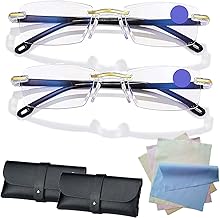
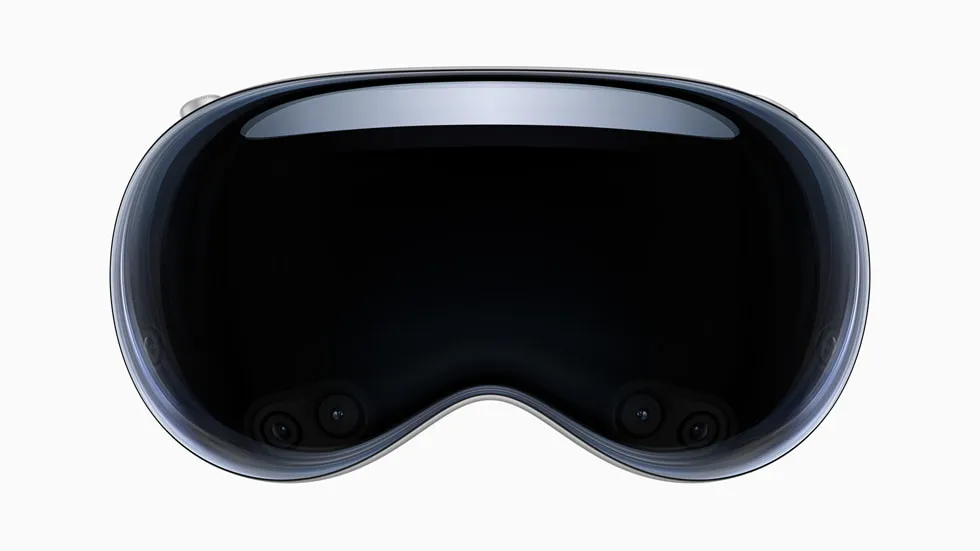
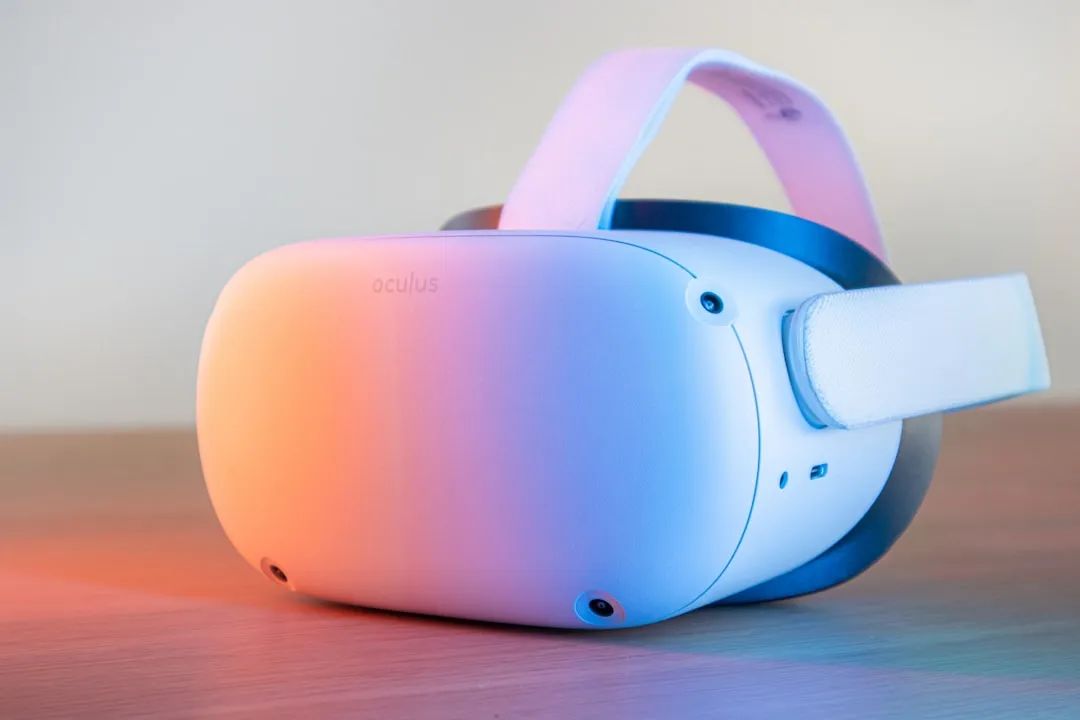
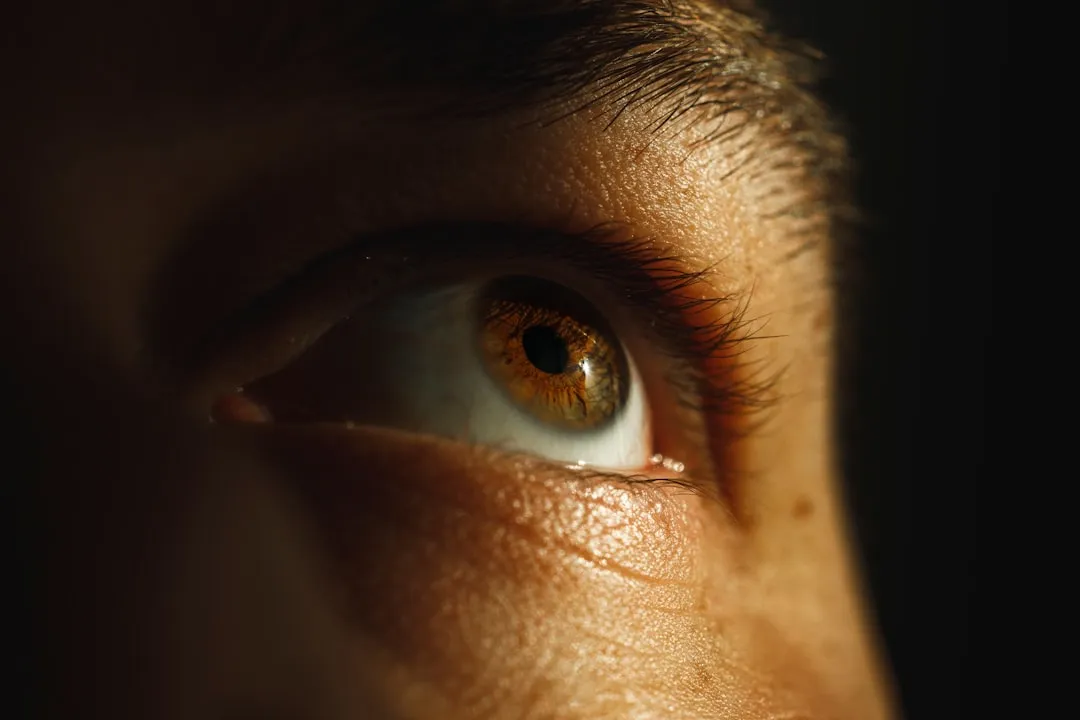
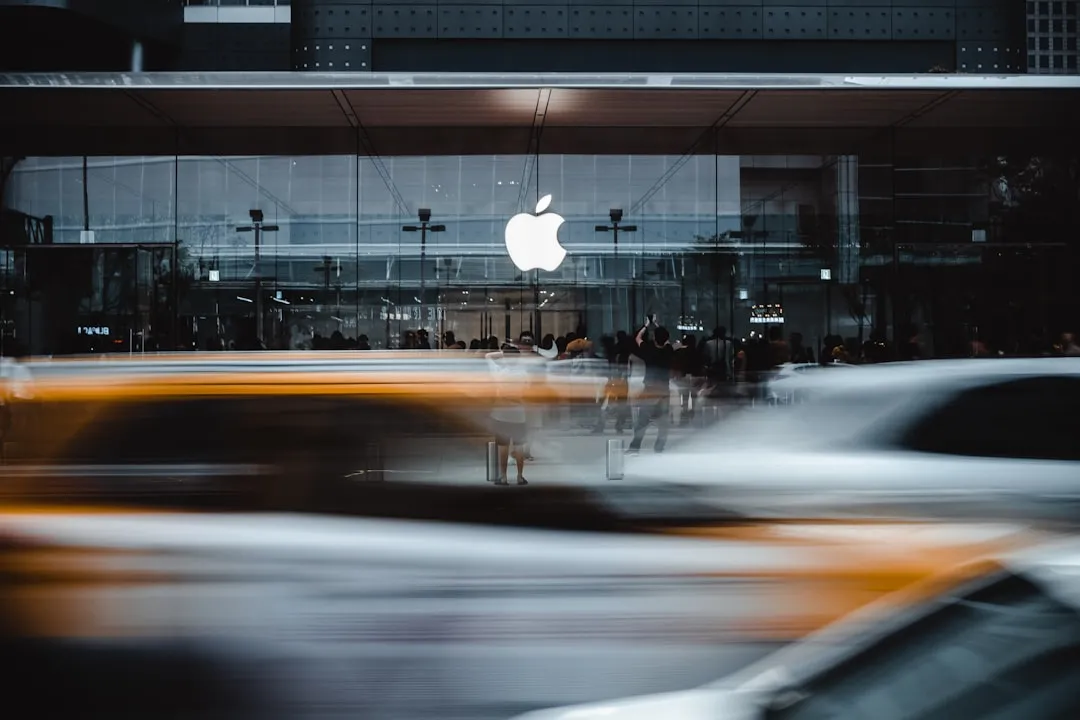
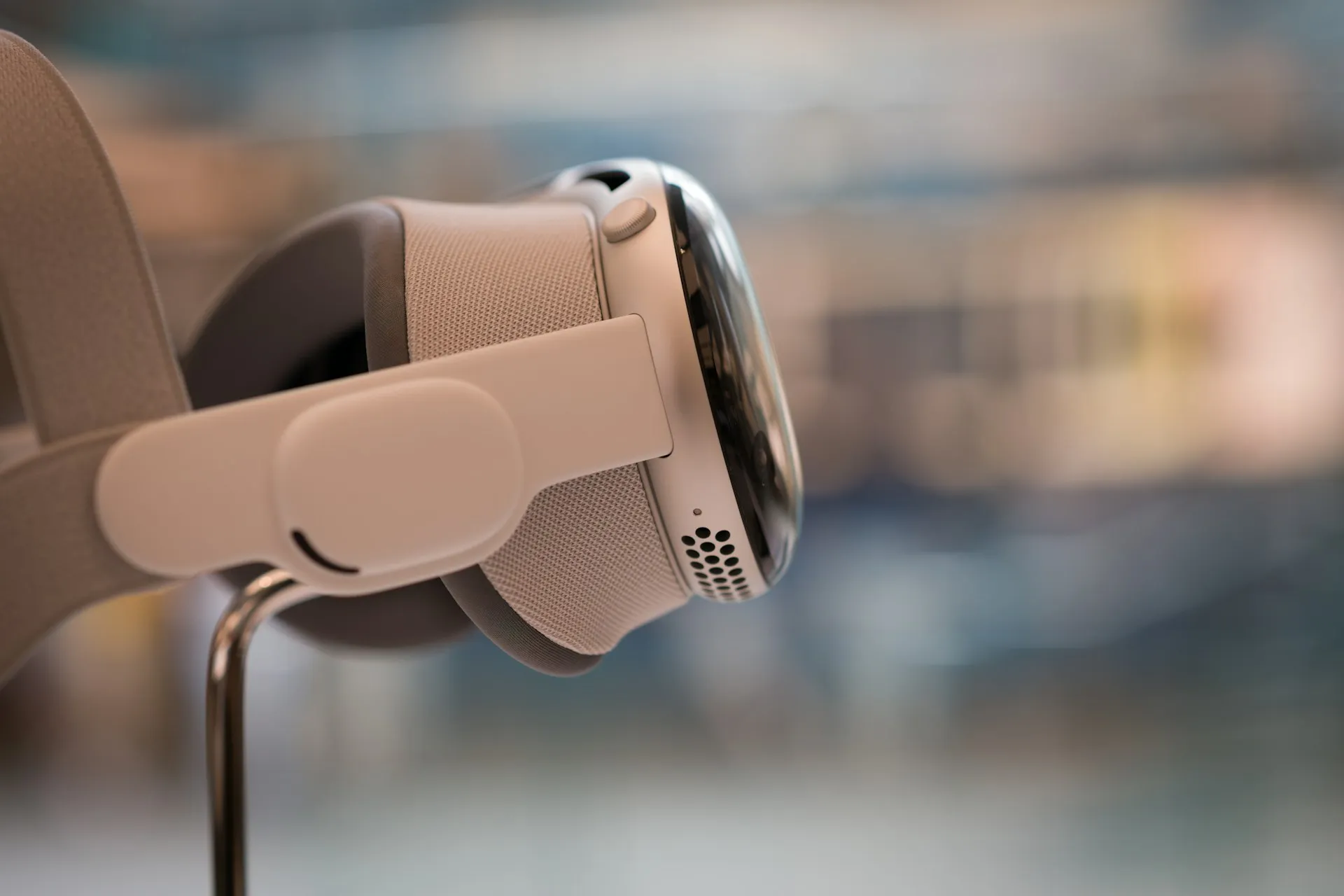
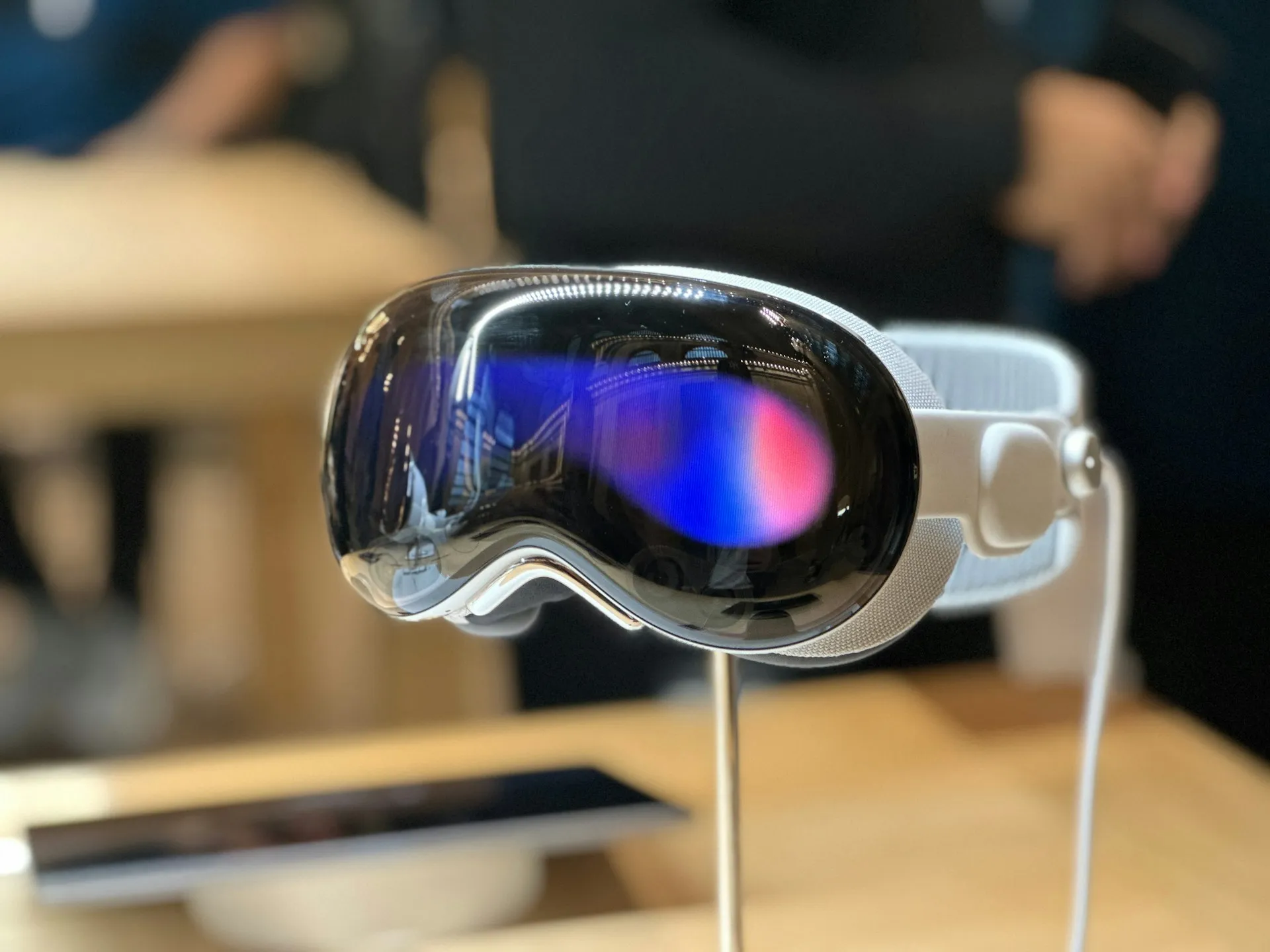
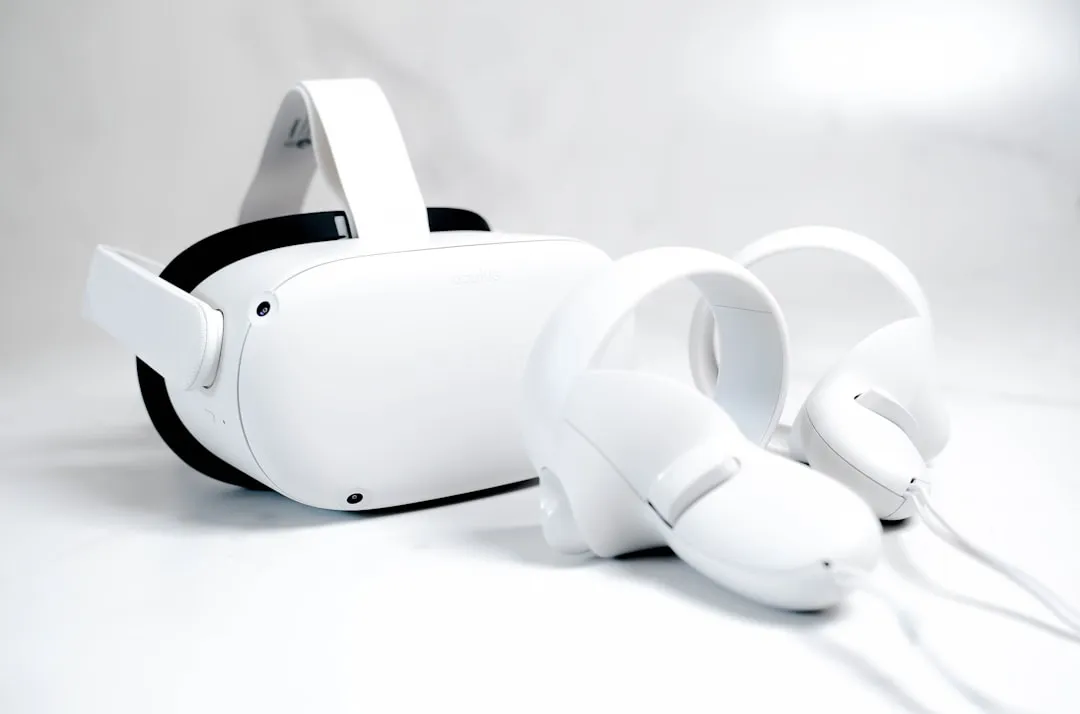
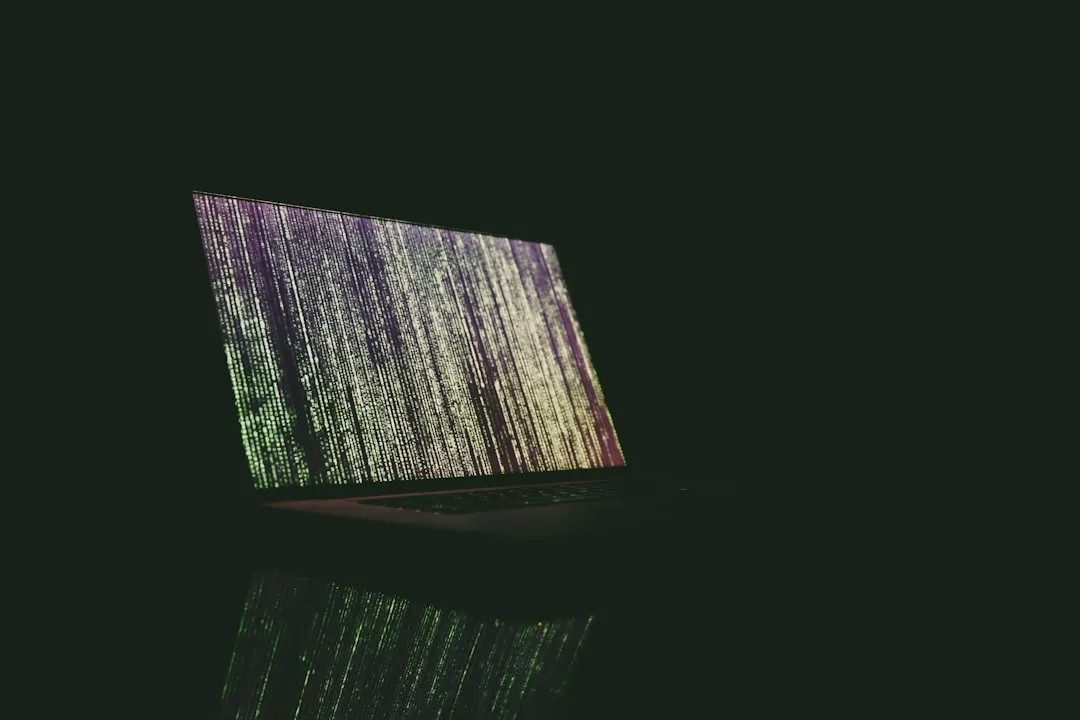
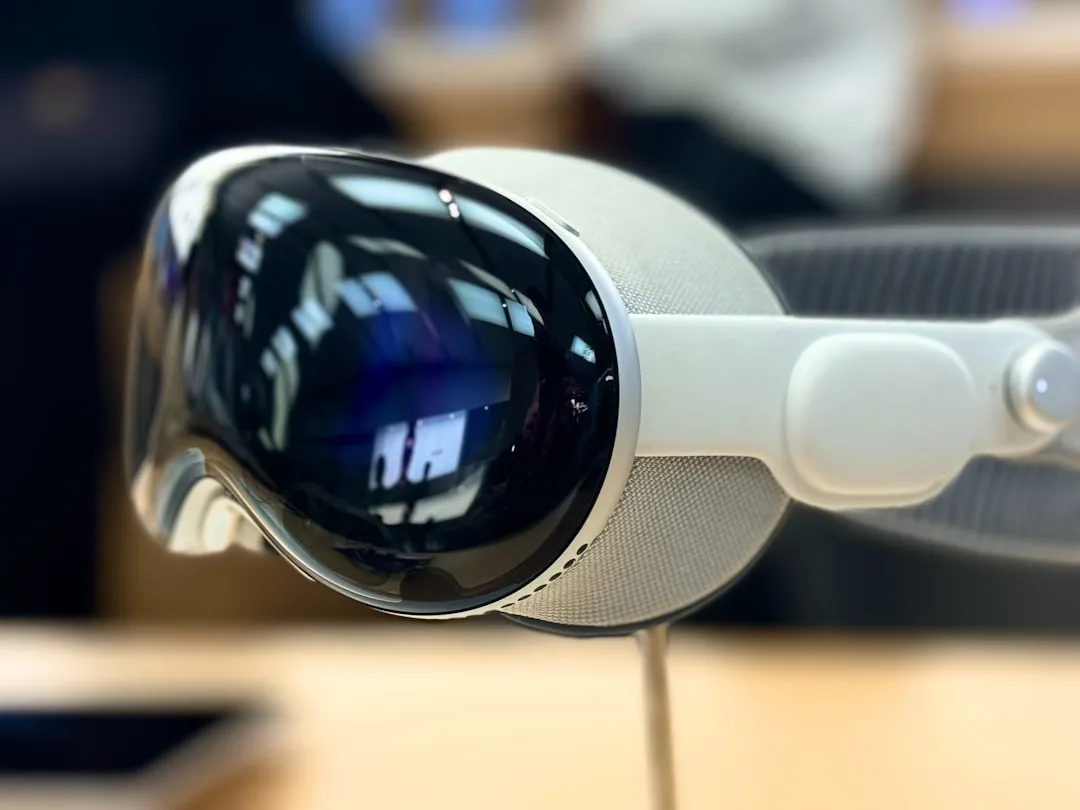
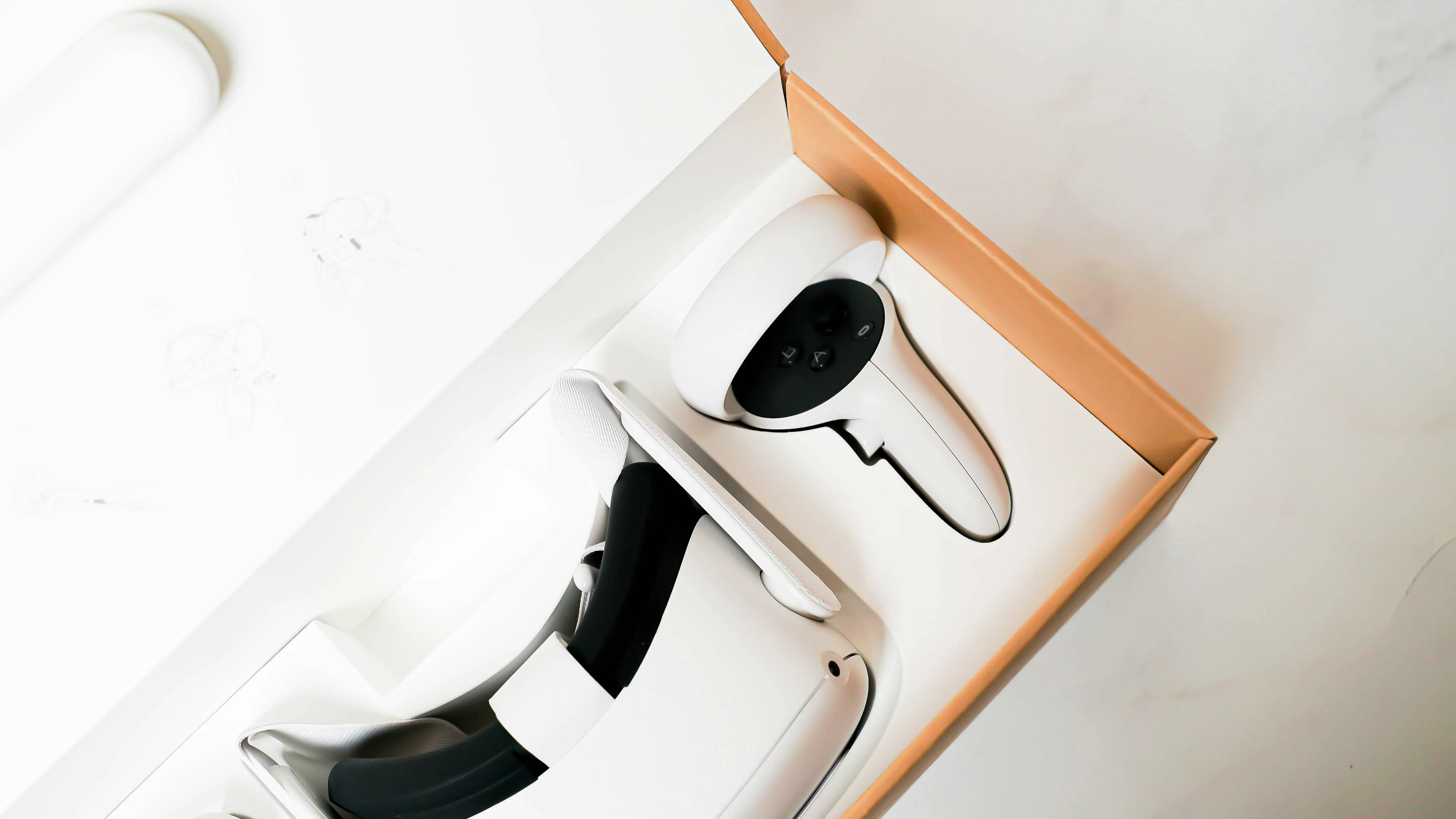
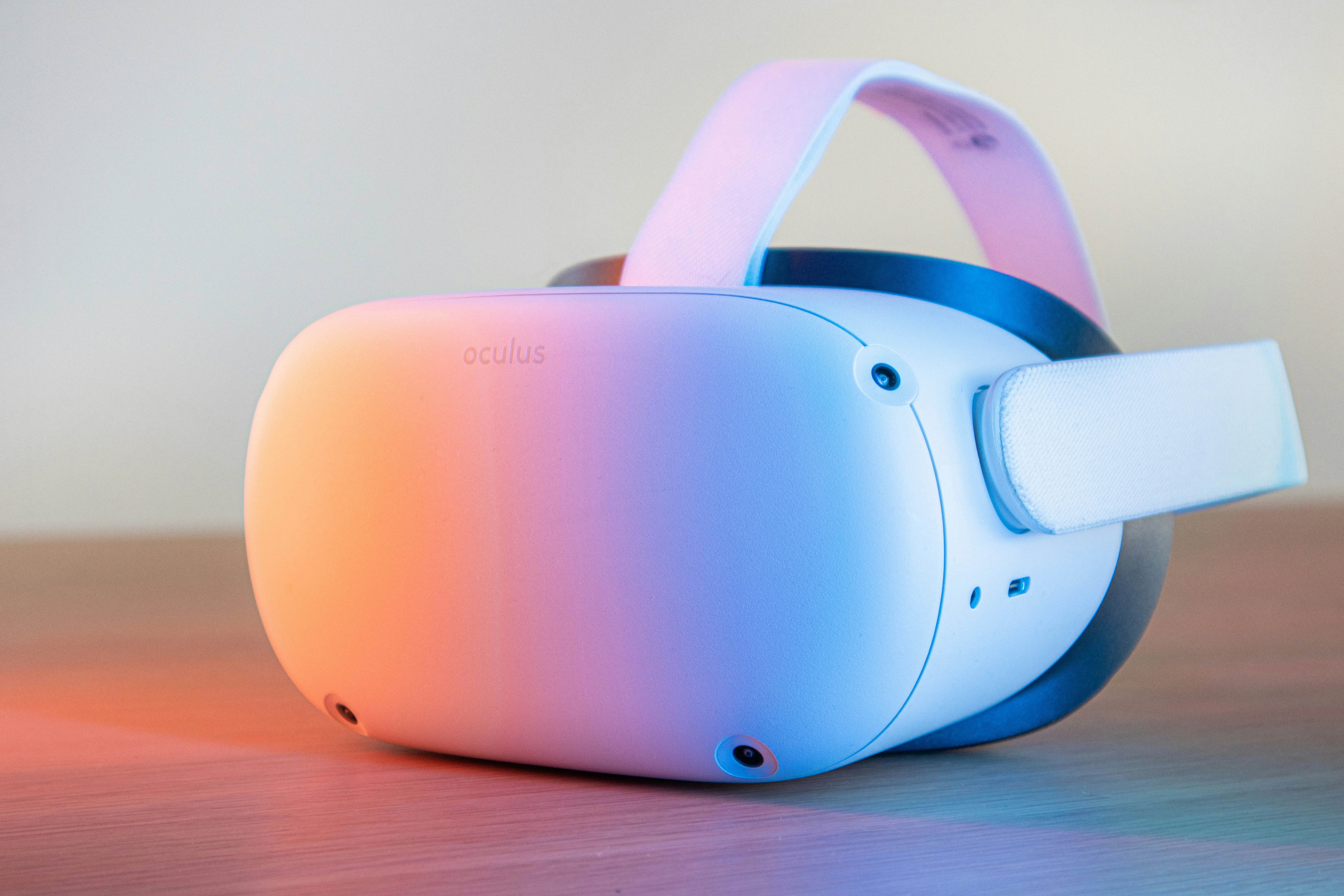









Comments
Be the first, drop a comment!